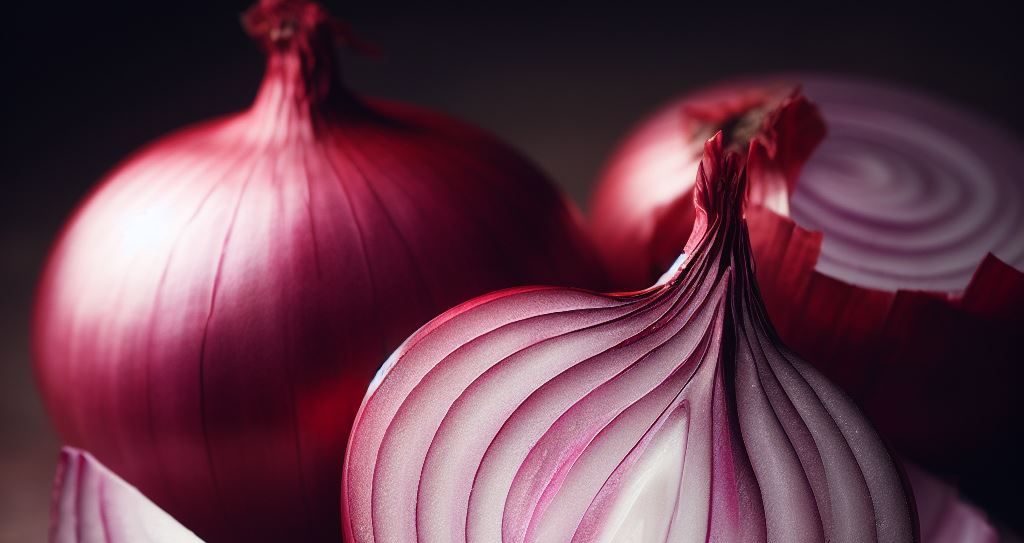Trade with Ancient Rome There is evidence that the Romans had trade relations with India as early as the 1st century BCE, as documented in the writings of the Roman historian Pliny the Elder. Pepper and ginger grow wild in their country, yet here we buy them by weight, using so much gold and silver! […]
Categories
